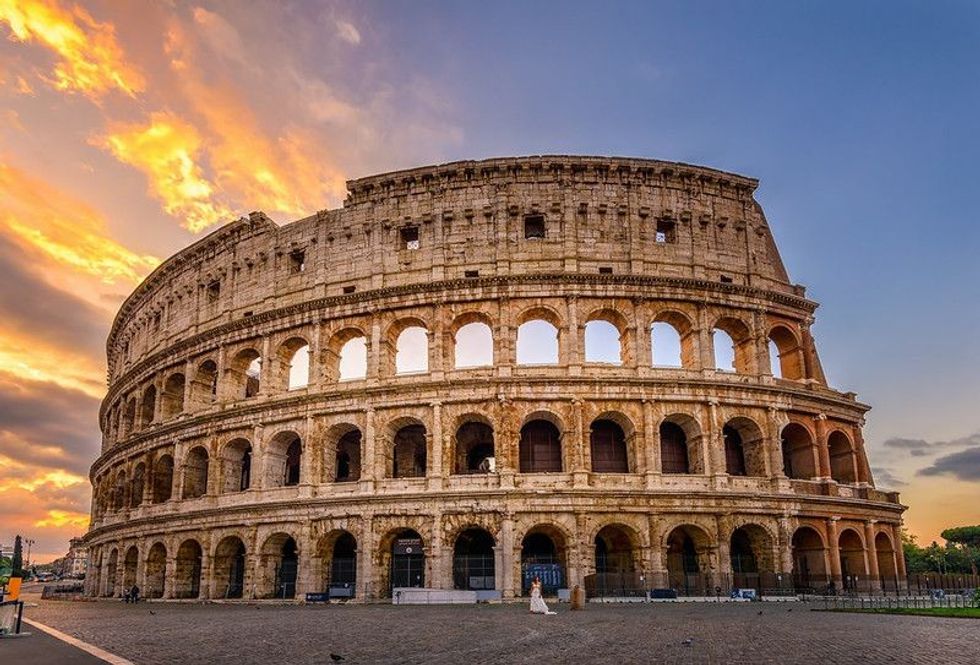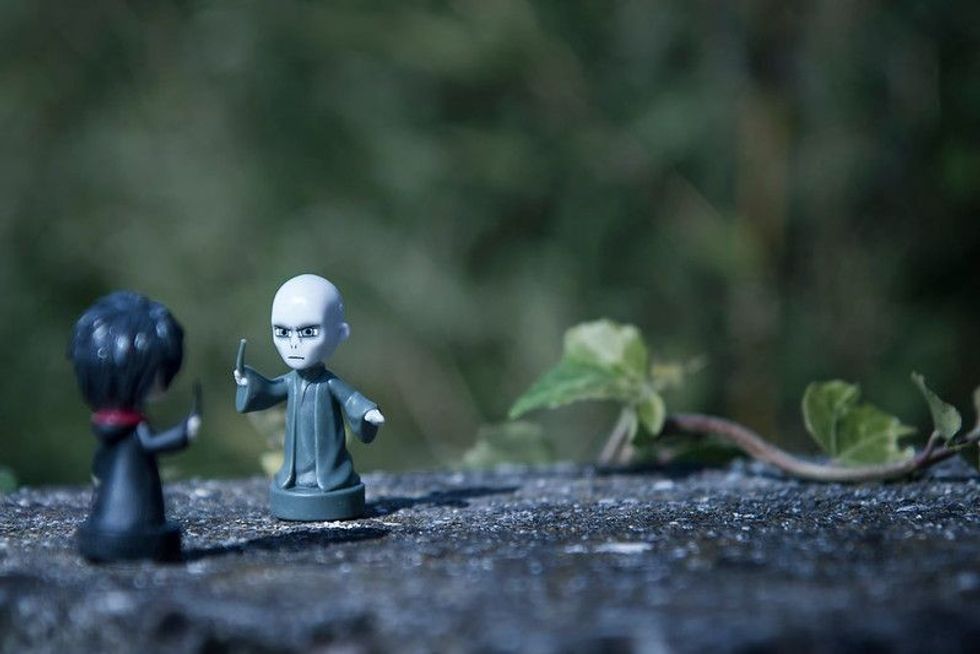Irish, or Gaeilge, is one of the two official languages spoken in Ireland.
A unique and charming language, it is one of the oldest living languages in Europe that has persevered through centuries. Currently, between 1.7-2 million people speak Irish today.
The Irish language, also called Gaelic or Erse, is a part of the Goidelic group of Celtic languages that are spoken in Ireland. The name of the language that is the most popular is not in English; it is in Irish.
However, the name of the language in Irish is Gaeilge. Many times, it is also referred to as Irish Gaelic.
The Irish dialect was never confined to the island of Ireland. In fact, by 500 AD, the language had spread to Scotland, the Isle of Man, and even to several parts of the west coast of Britain.
Between 1750 and 1830, many Irish speakers also moved to Newfoundland, Canada. Although the language died there in the 19th century, there are some traces in the local vernacular that persist to date.
Speaking of Ireland, the number of people who speak Irish started to decline in the 17th century. It became a second language to English, which was also considered mandatory in all schools.
So much so, the Irish children were sometimes punished for not knowing enough English words. The language was finally revived in Ireland toward the end of the 19th century.
Today, there are around 78,000 native people who speak Irish. And most speakers have learned the vernacular as a second language as well. There are roughly 2 million people in Northern Ireland and Ireland who speak Irish as a second language.
One of the most interesting facts about the Irish language is that it does not have a word for yes or no. This fact always comes as a huge surprise to English-speaking speakers.
Irish people only respond to questions by repeating the verb, either positively or negatively. For instance, if you ask someone in Irish, 'Did you eat this?' You will get either of the two as an answer-'I ate it' or 'I did not eat it.'
The amazing language with a rich history is described as an endangered language by UNESCO. This is because the majority of Ireland speaks English as a majority. Only 30–40% of the people speak Irish, and an even lower percentage speak it daily.
Consequently, learning Irish has become a mandate in all Irish schools. Complete familiarity with the language is a crucial criterion for many civil-service posts in the country.
Once you have finished reading this article on facts about the Irish language, why not find out some entertaining facts about the Tamil language and Arabic language facts here at Kidadl?
Irish Language Origin
Toward the end of the 19th century, the Irish language was recognized as the first official language of the Republic of Ireland. Read on to find more interesting facts about the Irish language's origins.
- Irish is a Celtic language, just like Scottish Gaelic, Welsh, Manx, Breton, and Cornish.
- The language originated from the ancient Celtic people who once inhabited a major part of Europe.
- Most of the Celts in Europe came together for the development of the Roman Empire that began around 200 BCE.
- The Celts who wandered to the British Isles could save and advance their languages.
- In history, it came to be known as the first discovered Irish, also known as Archaic or Primitive Irish.
- Evidence of this primitive language is found in the Ogham Engravings, an alphabet that goes back to the early fourth century.
- Following that, some primitive Irish speakers drifted to the Isle of Mann and Scotland.
- There, the language evolved and changed into Manx and Scottish Gaelic, respectively.
- The Irish people who stayed back in the British Isles started using the Old Irish language, which was very popular between the seventh and 10th centuries.
- After the Old Irish came the Middle Irish—that was sometime around 800 CE.
- Classical Irish was a language that formed the basis of several written manuscripts between 1200-1700 CE.
- Classical Irish was only used for writing and not speaking.
- In the early 1800s, the English language began to edge out the Irish.
- At this time, the Great Famine occurred, which also wiped out a huge population of native Irish language speakers.
- A lot of them fled the country, whereas the others died of the famine, leaving behind a very small population of Irish speakers.
- And to make things worse, the Irish national schools prioritized the English language over the Irish, prohibiting the teaching and use of the latter.
Writing System In The Irish Language
The Irish language first began to appear in written form in the Ogham Engravings between the fourth and sixth centuries. During the fifth century, St. Patrick (the same one as St. Patrick's Day) introduced Christianity to Ireland, and the Irish writers started to write in Latin.
Read on to find out more fascinating facts about the writing system in the Irish language.
- During the 9th and 10th centuries, the Vikings started raiding and settling in Ireland.
- This led to the destruction of many manuscripts. Most of the surviving manuscripts were written after that period.
- The Primitive Irish were written in the Ogham Alphabet.
- The Gaelic Script, on the other hand, was found in medieval texts as a variation of the Latin Alphabet.
- It is one of the most famous writing systems in the Irish language that is still used for printing and on many road signs and public notices.
- Mostly Irish is written with a version of the Latin alphabet.
- The Ir,ish language is also a verb-subject-object language, whereas English is a subject-verb-object language.
- For instance, a simple sentence in English would say, 'He ate that'. Translated into Irish, you would get 'Ate he that'. This syntax sounds very awkward to English speakers and is one thing that sets all Celtic languages apart from the Indo-European language family. This use of irregular verbs is not seen in any other language.
Difference Between Irish Language And Gaelic
Both the Irish language and Gaelic are terms that belong to the Celtic language of Ireland.
- Scottish Gaelic is a vernacular that is native to Scotland, while the Irish language originated in Ireland.
- The first one is a part of Europe's minority languages that do not fall under the European Union's list of official languages.
- The Irish language is also a minority dialect in Northern Ireland but is still regarded as an official language in the European Union.
- Currently, only a small part of the entire Irish population uses the Irish language on a daily basis.
- Both languages have some writing differences. Their accents are written very differently. For instance, most words in Gaelic carry a grave accent, whereas words written in the Irish language have an acute accent.
- The two languages also showcase disparities in the use of suffixes, particularly those that involve prepositional pronouns. They also differ in terms of vocabulary, spelling, and pronunciation.
The Language Family Of The Irish Language
Irish, sometimes also referred to as Irish Gaelic, belongs to the Celtic language family that is a part of the Indo-European linguistic family.
- Initially, the term 'Celtic' was used to label a language assembly started by Edward Lhuyd in 1707.
- During the first millennium BC, Celtic languages were used across most parts of Europe and central Anatolia.
- These languages are mostly spoken in the northwestern part of Europe.
- Out of the six Celtic dialects, only four have survived, which include Irish, Scottish Gaelic, Welsh, and Breton.
- The two languages, Manx and Cornish, have almost gone extinct in modern times.
- That said, all four surviving languages are also minority languages in their respective countries, although continuous efforts are being made to keep them revived.
- Welsh, which is an official language in Wales, is the only Celtic language that is not recognized by UNESCO as an endangered language.
- All languages have an affluent literary tradition. Initially, they all had their own original script, but the Latin alphabet came to be used for all Celtic languages later on.
Here at Kidadl, we have carefully created lots of interesting family-friendly facts for everyone to enjoy! If you liked our suggestions for 15 facts about the Irish language, we bet you didn't know, then why not take a look at how is iron made or how is lactose-free milk made.








